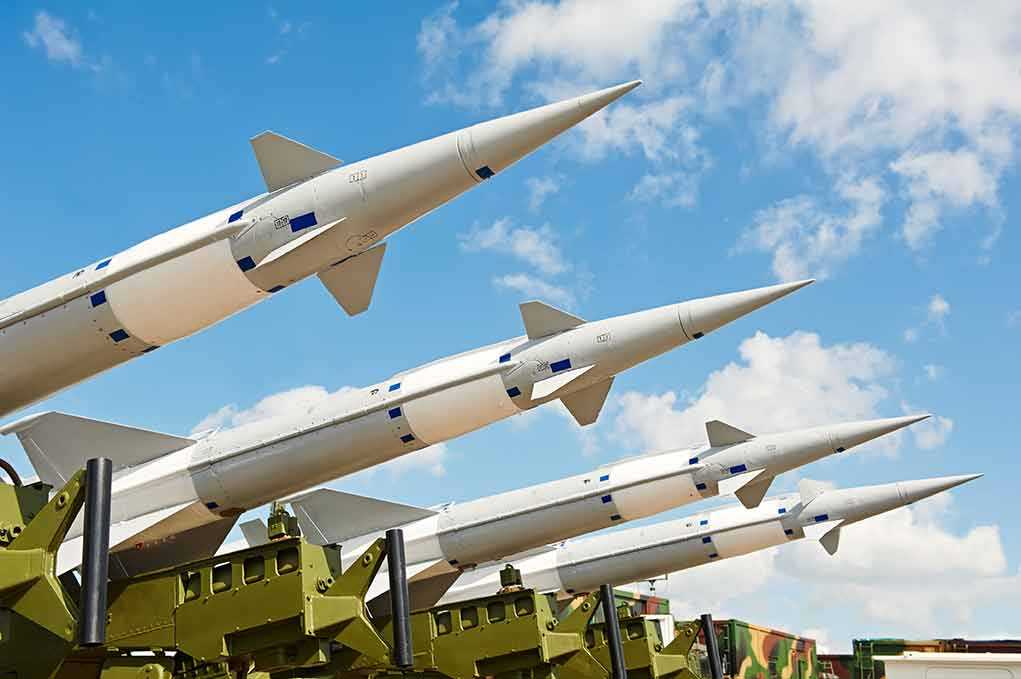
China’s Rocket Force has amassed over 3,500 missiles capable of striking U.S. bases, allies, and even American soil, transforming the military balance in the Asia-Pacific region and posing the greatest threat to U.S. strategic dominance since the Cold War.
Key Takeaways
- China’s People’s Liberation Army Rocket Force (PLARF) has built an arsenal of 3,500+ missiles, including 400 that can reach parts of Alaska and 400 intercontinental ballistic missiles for global nuclear delivery.
- The PLARF has 900 short-range ballistic missiles capable of striking Taiwan and 1,300 intermediate-range ballistic missiles threatening U.S. bases throughout the Second Island Chain.
- China is rapidly expanding its nuclear arsenal, with over 600 warheads currently and plans to reach 1,000 operational warheads.
- Advanced “kill webs” of sensors and weapons, plus hypersonic missile technology like the Dong Feng-17, give China unprecedented strike capabilities that in some areas surpass U.S. capabilities.
- The Pentagon has requested $961.6 billion for the 2026 defense budget, prioritizing homeland defense, nuclear deterrence, and global power projection to counter the Chinese threat.
China’s Missile Arsenal Threatens U.S. Regional Dominance
The People’s Liberation Army Rocket Force (PLARF) has emerged as the centerpiece of China’s military strategy to challenge U.S. power in the Asia-Pacific region. This specialized branch of China’s military now possesses an extensive arsenal strategically positioned to target American assets throughout the region. U.S. defense officials have identified 400 ground-launched cruise missiles within the First Island Chain, 1,300 intermediate-range ballistic missiles threatening the Second Island Chain, and 500 medium-range missiles capable of reaching parts of Alaska and Australia. Most concerned for regional stability, the PLARF maintains 900 short-range ballistic missiles that can strike Taiwan, creating a significant deterrent against U.S. intervention in any potential conflict.
The strategic implications of this missile buildup cannot be overstated. China’s military planners have systematically developed capabilities specifically designed to deny the U.S. military access to critical operational areas in a potential conflict. By targeting key U.S. bases, aircraft carriers, and support infrastructure, China has created a comprehensive anti-access/area-denial strategy that fundamentally alters military planning for the entire region. The speed, range, and precision of these missile systems mean that American forces would face unprecedented challenges in defending allies like Taiwan, Japan, and the Philippines in the event of Chinese aggression.
Hypersonic Technology and Nuclear Expansion
China’s hypersonic missile technology represents a particularly troubling development for U.S. military planners. The Dong Feng-17 missile, often referred to as a “carrier killer,” exemplifies China’s technological advancement in this field. These weapons combine the speed of ballistic missiles with the maneuverability of cruise missiles, making them extremely difficult to track and intercept with current U.S. defense systems. The unpredictable flight paths and hypersonic speeds of these missiles give China a significant tactical advantage, as they can potentially neutralize key U.S. naval assets like aircraft carriers that have been the cornerstone of American power projection in the region for decades.
Alongside these conventional capabilities, China is rapidly expanding its nuclear arsenal. U.S. intelligence assessments indicate that China currently possesses over 600 nuclear warheads and is on track to reach approximately 1,000 operational warheads in the coming years. This expansion is supported by 400 intercontinental ballistic missiles capable of delivering nuclear payloads globally, including to the continental United States. This nuclear buildup represents a significant shift in China’s historical posture of maintaining a minimal deterrent force and signals Beijing’s ambition to achieve nuclear parity with the United States and Russia, fundamentally altering the strategic nuclear balance that has prevailed since the end of the Cold War.
Advanced “Kill Webs” and Intelligence Capabilities
Beyond the missiles themselves, U.S. defense officials are increasingly concerned about China’s development of sophisticated “kill webs” – integrated networks of sensors and weapons designed for coordinated military responses. These systems leverage advanced satellite technology, radar systems, and artificial intelligence to enhance targeting capabilities and operational coordination. China’s continued investment in these command, control, communications, computers, intelligence, surveillance, and reconnaissance (C4ISR) capabilities provides the critical infrastructure needed to effectively deploy their growing missile arsenal against U.S. and allied forces.
The integration of these systems with China’s missile forces creates a formidable challenge for U.S. military planners. American bases throughout the region, once considered secure platforms for power projection, now exist under the constant threat of precision missile strikes. This reality has forced a fundamental reassessment of U.S. military posture in the region, with increased emphasis on dispersed operations, hardened facilities, and enhanced missile defense systems. The Pentagon has identified countering China’s intelligence, surveillance, and reconnaissance capabilities as a critical priority in maintaining America’s strategic advantage in the region.
U.S. Strategic Response and Budget Priorities
In response to these growing challenges, the Pentagon has established clear strategic priorities focused on homeland defense, nuclear deterrence, and global power projection. President Trump’s administration has requested a defense budget of $961.6 billion for fiscal year 2026, reflecting the significant investment required to counter China’s military advancements. “This budget prioritizes the development of next-generation missile defense systems, advanced conventional weapons, and the modernization of America’s nuclear triad to ensure effective deterrence against China’s expanding capabilities,” said President Trump.
The U.S. Army in particular is working to adapt to this new strategic environment by developing long-range precision fires capabilities, enhancing its ability to operate in contested electromagnetic environments, and strengthening partnerships with regional allies. These efforts recognize that maintaining U.S. military superiority in the face of China’s growing missile capabilities will require both technological innovation and enhanced cooperation with partners throughout the region. The strategic competition with China has become the defining challenge for U.S. military planners, with implications that will shape defense priorities and resource allocation for decades to come.

















